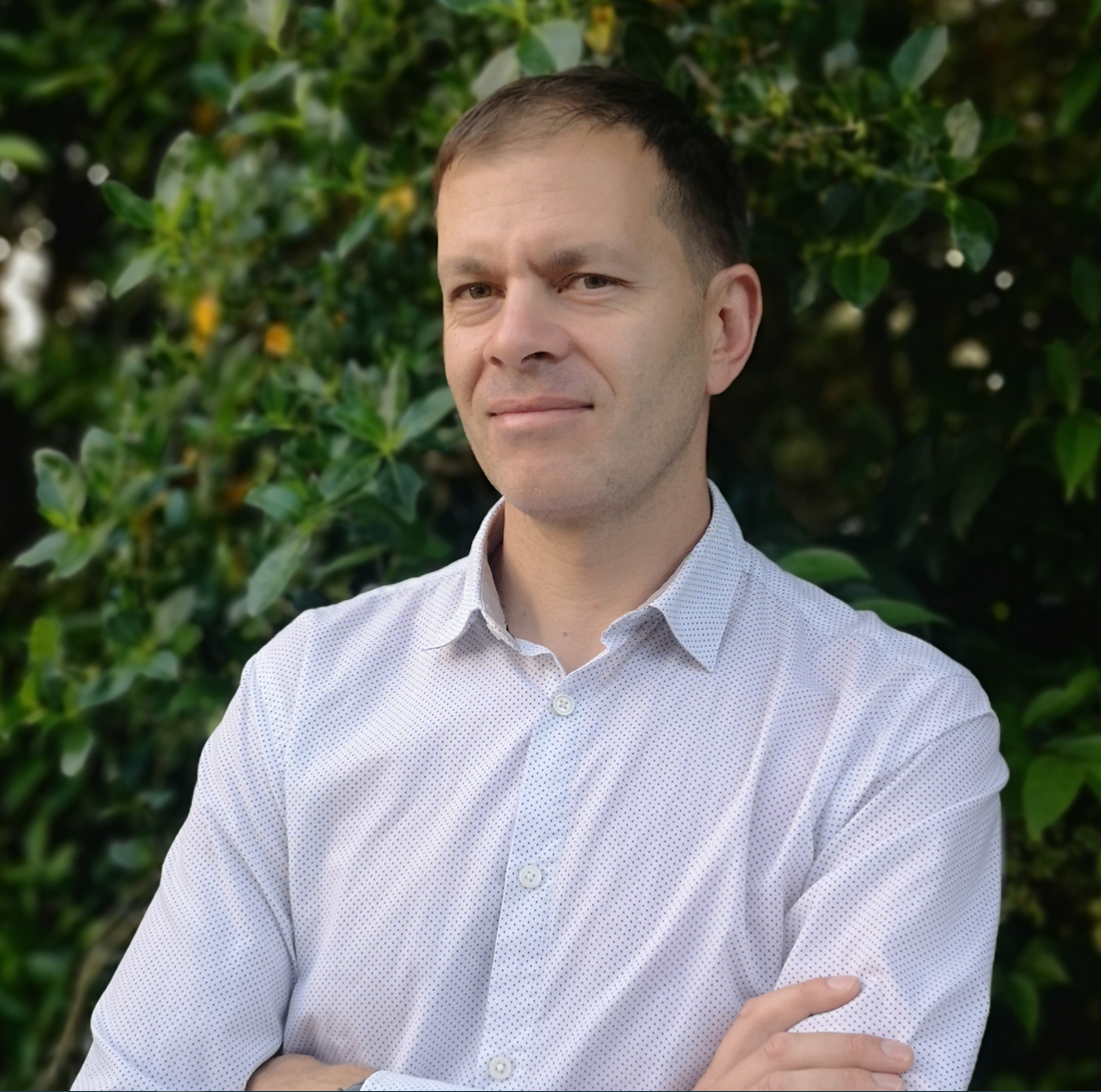In our new Q&A series we're putting the spotlight on some of Aotearoa's leading sustainability professionals who’re transforming the way we design, build and operate our buildings and homes.
They’re people leading the mission for a more sustainable built-environment in Aotearoa.
Adam Benli
Adam is a leading campaigner for zero carbon, future-fit buildings and workplaces. He’s the founding director of Zerometric and one of Aotearoa’s most experienced NABERSNZ assessors.
What has shaped your green-thinking narrative?
I developed an early interest in environmental issues at school in England where I had a lightbulb experience - a geography project where I investigated potential links between the now defunct Dungeness Nuclear Power Station in Kent and the health of local residents. It ignited my passion for addressing large environmental challenges. That passion was fuelled by my older cousin who was the Director of Climate Change at Greenpeace International. His stories of how he countered arguments from proponents of fossil fuels was inspiring stuff to me. I decided the quickest way to deliver an impact myself was a degree in environmental studies followed by a Masters in Sustainable Energy Systems in Sweden.
Can you delve into your career pathway in the UK?
Graduating with an environmental degree 20 years ago didn't deliver the financial rewards needed for living in London so I leveraged my tech geek skills in the field of Geographic Information Systems (GIS). It was instrumental in shaping my analytical and project management capabilities - the skills I use today. But problem-solving and helping resolve planetary challenges has always been my true calling.
What took you from London to Aotearoa?
Pivoting into a sustainability role with Auckland Council marked a defining moment in my career aligning my professional journey with a deeper sense of purpose. The job led on to sustainability benchmarking of buildings and my early role as NABERSNZ energy assessor. This experience showed me the potential to improve Aotearoa’s existing building stock. Today that’s exactly where my focus sits with my own consultancy Zerometric where we work across everything from industrial sites or a typical office to big box retailers and large-scale sports stadiums. I love the diversity and different sectors I get to interact with. Green Star Performance and NABERSNZ are excellent platforms for driving these improvements.
Can buildings uplift the wellbeing of their occupants?
Yes a well-managed building enhances the wellbeing, comfort and cognitive performance of its occupants. We need to recognise that buildings are ultimately for people and that sustainability performance should be as much about occupant satisfaction as best practice energy efficiency. Finding this delicate balance can be challenging and involves expertise. This is where my passion kicks in and my team can help !
Can we talk about the potential of new construction or refurbishment to mitigate climate change?
A step change has been made, we’re now talking a lot more about embodied carbon in our buildings and we’re armed with the data to make carbon efficient choices about building materials. But we need to better celebrate the reuse of buildings and the power of refurbishment to reduce emissions in the context of climate change mitigation. Promoting renovation over demolition and new builds is crucial.
How important is minimising waste and reuse of materials in this whole conversation?
It’s fundamental and my decade-long involvement with a charitable trust operating a resource recovery centre in Auckland has given me hands-on insights. Construction waste is up to 50 percent of landfill materials. A sustainable approach to new builds and refurbishments can ‘design out’ this waste - reducing environmental impacts, lessening raw material demand and saving significant energy. As waste practices improve the economic benefits of green buildings will be very visible.
How is Aotearoa doing with green buildings?
I strongly support integrating sustainability into green buildings but I’m concerned about the lack of evidence of sustained environmental performance a few years down the track. Operating a sustainable building is a journey of fine-tuning and improving . Green Star Performance for existing buildings is an excellent framework but many landlords unfortunately perceive it as a difficult leap, but with a little help it doesn't need to be.
What is your favourite green building?
The Sky Stadium in Wellington. It wasn’t a green building when it was constructed 24 years ago but today it’s making huge efforts to improve its operational sustainability guided by the Green Star Performance tool. I’ve been lucky to have been involved with its remarkable sustainability journey.
